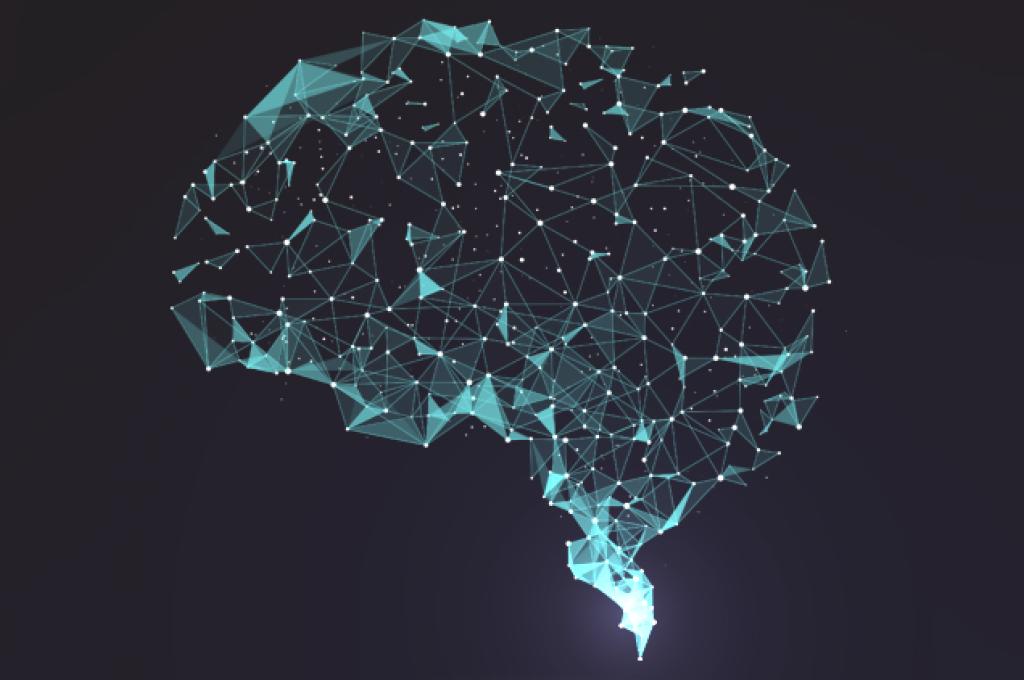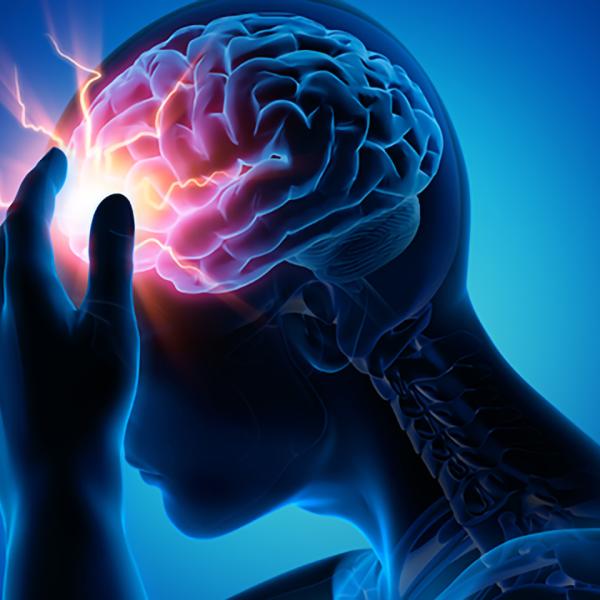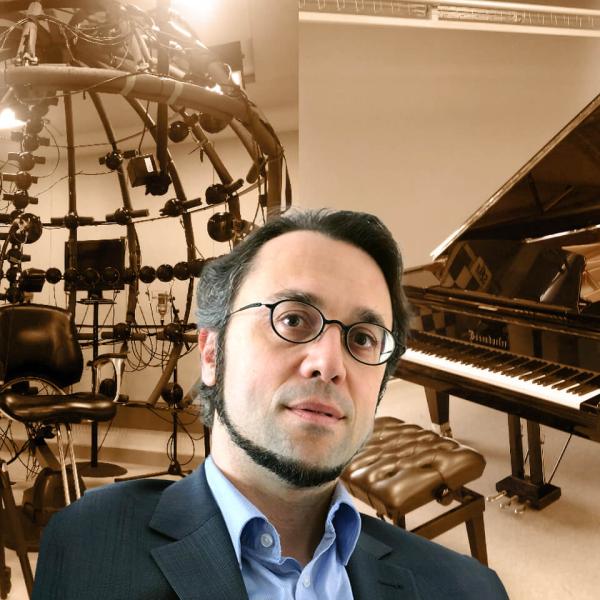Some memories just seem to go together. Memories of exchanging wedding vows with your spouse may make you think of how your cousin got very drunk at the reception. Now researchers with the Hospital for Sick Children in Toronto have figured out what happens in the brain to link such memories and how to “unlink” them, at least in mice.
Their findings have implications for treating psychiatric conditions, including post-traumatic stress disorder and schizophrenia, both of which are associated with making inappropriate connections. In such cases, a simple word or innocuous object might conjure up memories of a scary event, says SickKids neuroscientist Sheena Josselyn, who led the research.
Josselyn and her team already knew that the brain stores memories in small collections of neurons called engrams. “When we get someone to recall a memory, these neurons are more active. And if we disturb these neurons, that person will have a hard time remembering,” she says.
But the brain contains a boggling number of neurons. Which ones become engrams for which memories, and why are some memories linked? Working with mice, Josselyn, along with fellow neuroscientist Paul Frankland and colleagues, can now answer both questions.
The team zeroed in on the amygdalae — a pair of almond-shaped clusters of neurons buried deep in the brain. The amygdalae are centres for fear and reward memories. Josselyn’s lab found that of the thousands of neurons in the amygdalae, only the ones that are most active or excitable when an event occurs will “grab” the memory. Further, this excitability seems to be random.
The researchers came to this conclusion after placing mice in chambers where they were exposed to a high-pitched tone, followed immediately by a mild shock to their feet. Later, they were exposed to a low-pitched tone, followed by the same mild shock. Eventually, the mice remembered that a tone — whether high- or low-pitched — meant a shock, and froze in place each time they heard it.
The only variable the researchers changed was the time in between each tone-shock event. When the two events happened within six hours of each other, the memories were linked in the mice’s brains. That is, the same engram had grabbed both memories.
The team discovered that after encoding a memory, engram neurons remain active for about six hours before their excitability levels fall back in line with their neighbours. So if a second event happens within six hours, the memory for that event is encoded in the same engram as the first memory, and the two are linked.
The researchers showed that the two memories are linked by manipulating one memory and seeing if this affected the second one. To manipulate the first memory they retrained the mice to stop associating a high-pitched tone with a foot shock by repeatedly playing the tone with no consequence. Eventually, the mice stopped freezing each time they heard the tone.
Next, the researchers assessed the effect on the second (untouched) memory. They played the low-pitched tone and found the mice’s memory of an associated foot shock was also extinguished. In other words, two memories are linked if they are acquired within six hours of each other, and extinguishing one extinguishes the other.
In contrast, if the tone-foot shock combination happened outside of this six-hour window, a day apart say, then the memory for the second event was encoded in a different engram. The mice remembered them as entirely separate events. The researchers could extinguish one memory and it would have no effect on the second memory.
“The basic question of how a mouse learns to remember things is not only important to our understanding of the brain,” says Josselyn. “But it’s a necessary building block if we want to understand, treat and hopefully cure complex mental illnesses and neurological disorders.”





